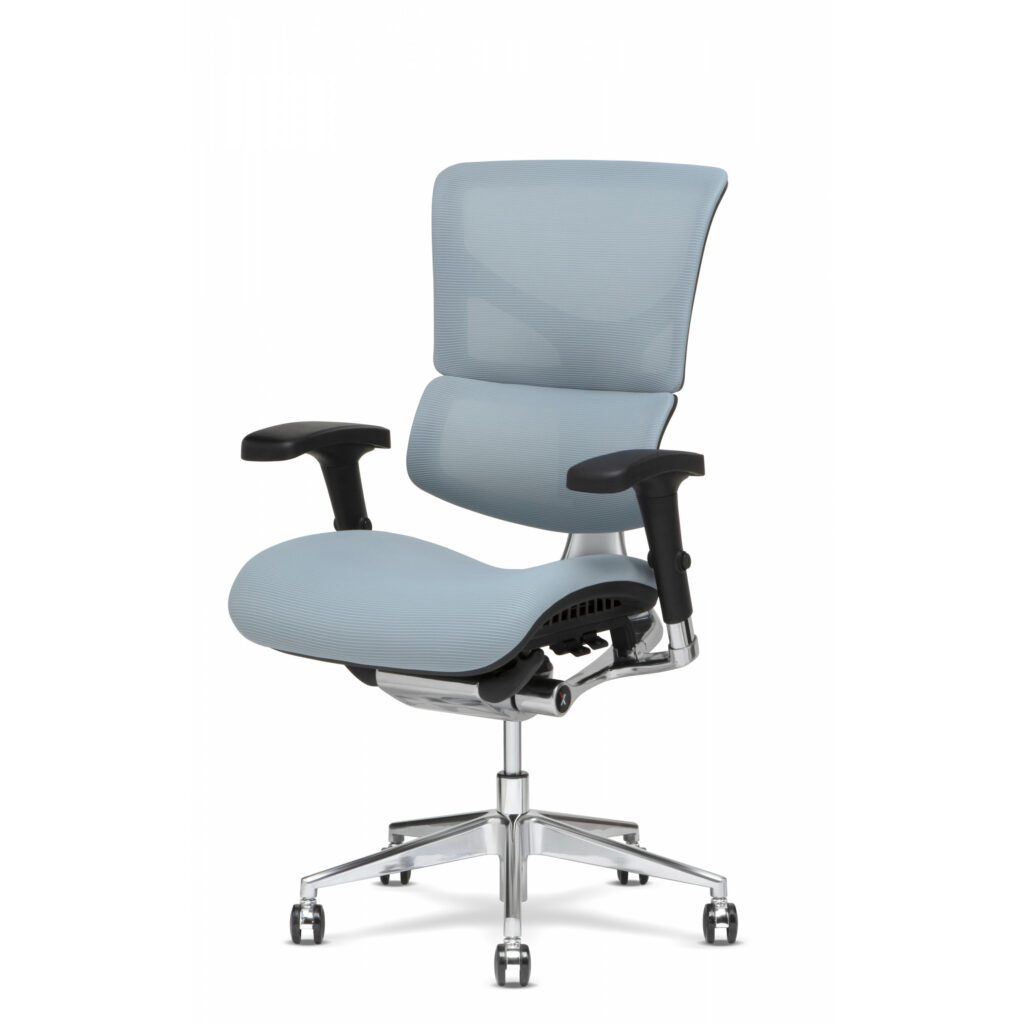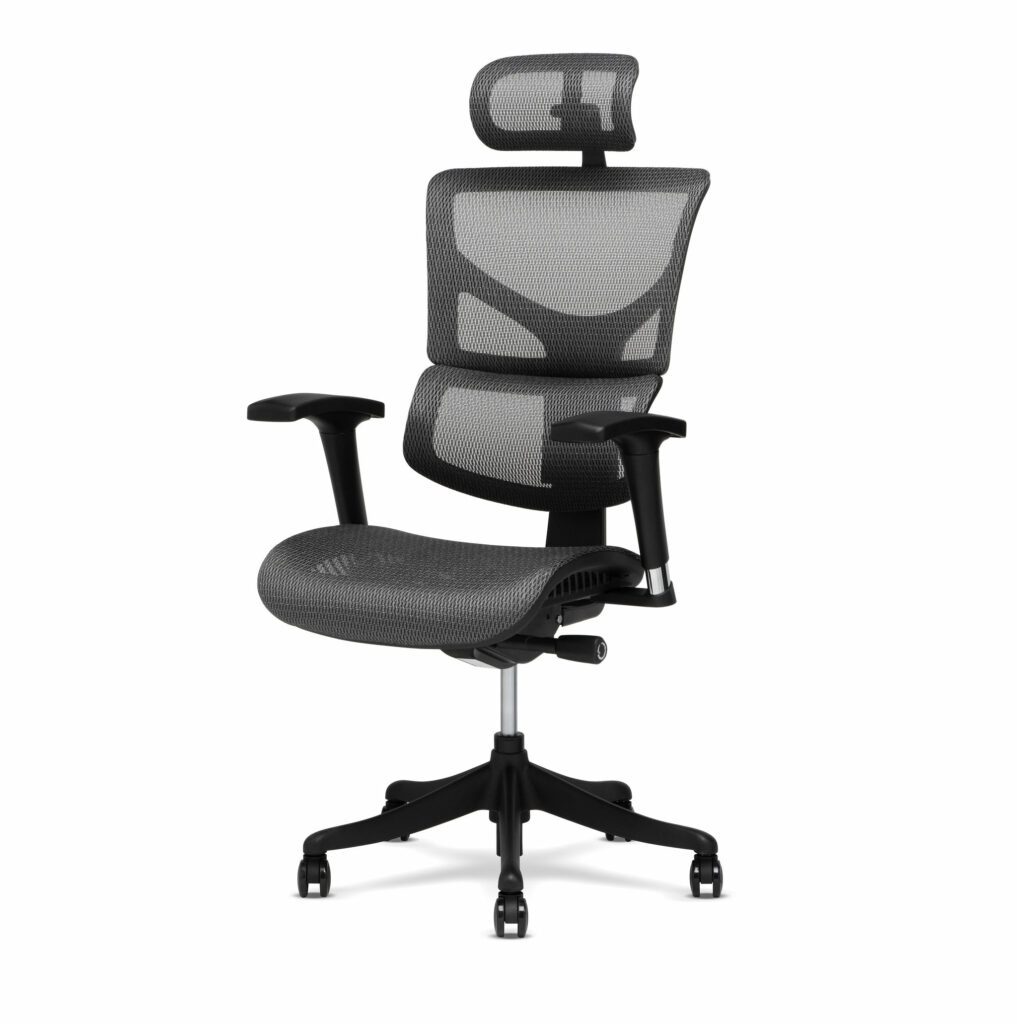
If you work in an office, chances are good that you spend a lot of time sitting down. To be fair, we all spend a lot of time sitting down — but when it’s your job to sit at the same desk day after day, it doesn’t take long for comfort issues to develop. The last thing you want is for your back or neck to start hurting because of an old chair (or one that’s just not ergonomic enough). So let’s say that as a manager or HR rep, you’re looking into buying new chairs for your employees’ desks, and maybe even replacing some existing ones? Well then — great news! We’ve got some tips from experts on how to sell this idea so everyone wins.
Researching the perfect office chair is no small feat. But if you’re going to ask your boss for this investment, it’s important that you show him/her that she’s getting more than just another piece of furniture.
First, check out some reviews of different chairs to see what people have said about them. If you’re looking at an ergonomic chair, look at their specifications and their reviews as well (see below). You’ll want to know how comfortable they are before spending any money on one yourself!
Next, look at the features of each one: does it have adjustable armrests? What kind of tilt mechanism does it use? Does it come with a headrest? Is there lumbar support? These kinds of things can make or break your experience when working in front of desk all day long! If possible, bring one home so you can test them out for yourself first hand before making any purchases!

The first step to getting your boss on board with purchasing a new chair is to find out what he or she currently uses for office seating. This information can be garnered in a number of ways:
When you’re shopping for an office chair, it’s a good idea to start with a price range in mind. If your boss isn’t sure what they want to spend on their new chair, start by asking them how much they are willing to spend on the purchase. It’s important you take into account how long you want the chairs to last. A long warranty usually signals a very well built and comfortable product.
For example: “Hey boss! I have some ideas about what kind of chair would work well in our office space.”
When it comes to office chairs, there are two critical parts that can break: the back and the base. The most important thing to look for is a warranty that covers both of these areas.
A good warranty will cover all of your bases (see what we did there?) by covering any damage caused by normal wear and tear, as well as providing extra protection against things like accidental damage or manufacturer defects. It’s also important that you know what type of warranty you’re getting before you buy a chair—some companies offer longer warranties than others, so make sure that yours lasts at least five years! Beyond just making sure your new chair will last as long as possible, having a good warranty will also give you peace-of-mind knowing that if anything happens down the line, it’ll be covered.
It’s a fact: sitting for long periods of time can cause serious health problems. The Mayo Clinic reports that as many as 80% of office workers experience back pain, and approximately one-third of these people are suffering from chronic lower back pain. Sitting incorrectly can also lead to neck pain, headaches and even carpal tunnel syndrome.
So what does good posture look like? The National Institute of Health recommends sitting with your back straight, feet flat on the floor and arms supported at your sides or resting on a desk or table in front of you. You should be able to comfortably see over your computer monitor without having to crane your neck upward or forward.
Your boss might not be a big fan of sitting in an office chair for hours on end. You’ll have to sell her on how much better this one feels than the old one she’s used to, and the best way to do that is by getting a demo chair delivered or setting up an appointment at a showroom so you can both try it out together.
When you’re sitting in the chair, make sure your boss gets plenty of time with it—you don’t want them feeling like they shouldn’t bother trying it because they’ll just be spending most of their day being uncomfortable anyway. And when she sits down, keep asking questions: Is this more comfortable than what we’ve been using? How does this feel compared to our other chairs? What do you think about how high the back goes? If she mentions something that you didn’t know before (like how high or low-back pain affects personal comfort), jot it down, so later on when you’re making suggestions for improvements or upgrades, you can refer back to these points as well as any other concerns or questions from previous meetings where these topics were discussed but never resolved satisfactorily!
The most important thing to consider when buying a new office chair, ergonomic or otherwise, is how it’s designed.
While comfort is certainly an important factor in any seating choice, the long-term health and productivity of your employees is more important than just how comfortable their backsides feel for the next hour or two. A good ergonomic chair will put less pressure on their spines and joints as they sit during long days at work; this means less back pain and greater productivity over time. If your goal is to make sure that your workers are healthy enough to do what they need to do every day (i.e., get things done), then it makes sense to prioritize ergonomics above all else when shopping for office furniture.
An office chair is a common piece of furniture that you might not think much about. However, investing in the right chair can lead to fewer injuries, less time off work and even more productivity — for the entire office — over the long term!
While there are countless options available on the market today, buying one can be overwhelming because there are so many different types of chairs and styles. To make things easier for you, here’s what you need to know before making a decision:
Investing in a new chair is one of the best ways to ensure your colleagues are comfortable and productive at work. If you’re looking for something that will keep them healthy, happy and productive all at once, we suggest you check out this list of our favorite ergonomic office chairs.




© 2025. All Rights Reserved. Website by HigherVisibility